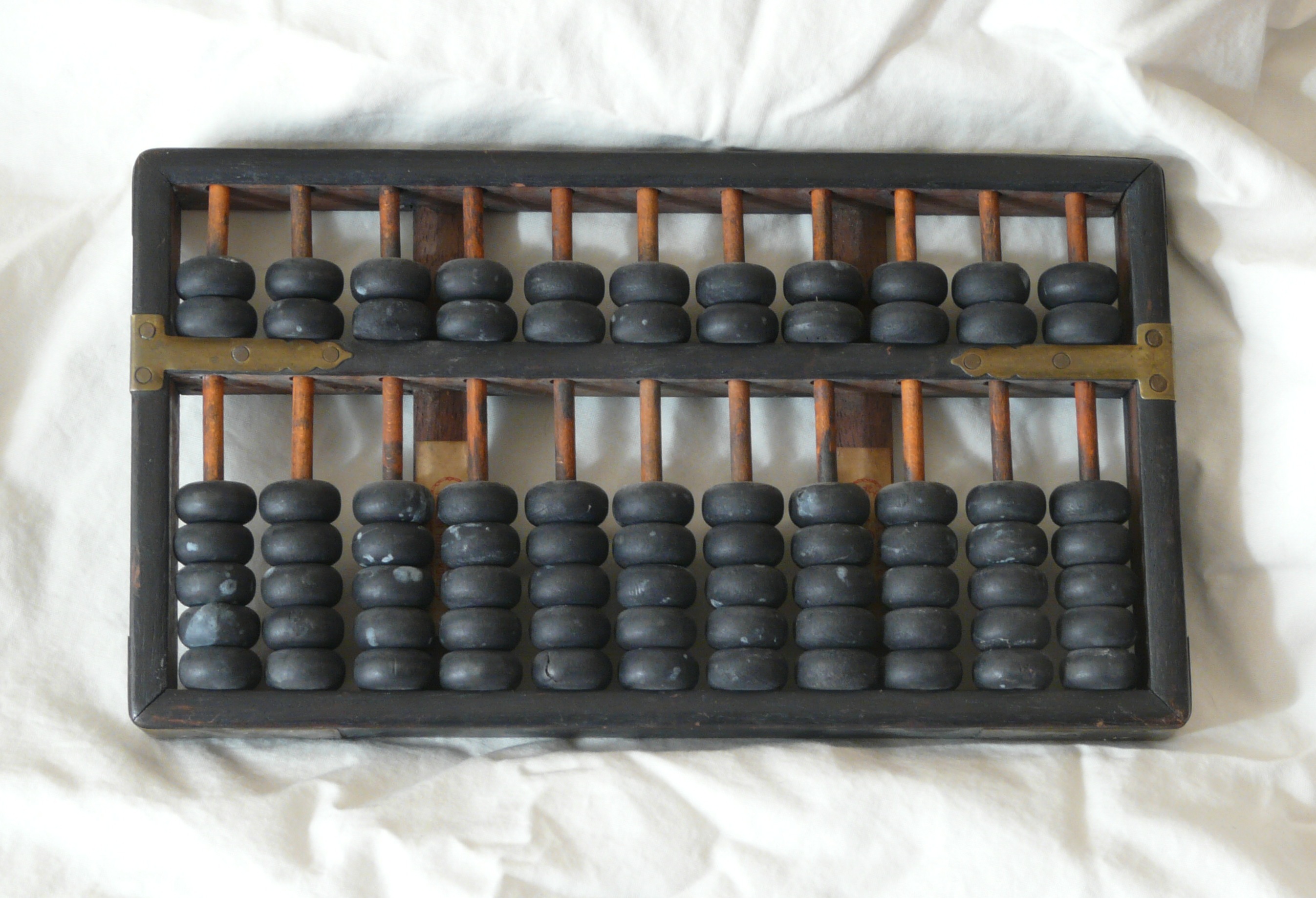

Types of Ancient Greek Architecture Buildings: Domestic Buildings: Some of the most prominent examples are the lost “Chryselephantine Statues of Zeus” at the Temple of Zeus at Olympia, and “Athena” at the Parthenon, Athens, both of which were over 40 feet high. This development had a direct effect on the sculptural decoration of Ancient Greek Temples. There was a development towards idolized, yet life-like depictions of gods in human form.The tiny stylized bronzes of the Geometric period gave way to life-sized highly formalized monolithic representation in the Archaic period. Along with pottery, there was a major human depiction in sculptures as well.This depicted the relevance of human scale and figures in art and architecture. The use of the human figures as the major decorative motif grew.These qualities reflected evidently in Ancient Greek Architecture.The decorations were majorly geometric and ordered neatly into zones, on defined areas of each vessel. The art scene of Greek culture started evolving from pottery, which gave a sense of proportions, symmetry, and balance.The art during the Hellenic period lead to a major impact on the Ancient Greek Architecture & Art. Also, they decorated their pottery with bands of marching soldiers rather than aqua life. Its people built citadels, forts, and tombs instead of palaces. 1500–1100 BC)- The Mycenaean culture was quite different in character. It was also famous for its pottery, painted with floral and marine motifs. 2800–1100 BC): Minoan is known for its elaborate and richly decorated palaces. The Ancient Greek Architecture characteristics spread furthermore with the rise of the Roman Empire, which adopted much of the Greek culture.īefore the Hellenic era, there were two major cultures that dominated the region: During this period, the Ancient Greek Architecture and Art spread to other lands as a result of Alexander’s conquests. The Hellenistic period started from 323 BC and lasted till 30 AD.During this period, substantial works of architecture began to appear around 600 BC. The Hellenic period started from around 900 BC and lasted until the death of Alexander the Great in 323 BC.Greek civilization was divided by the historians into two eras. Therefore, it was used not only for pottery vessels but also for roof tiles (Terracotta) and architectural decoration. Deposits of high-quality potter’s clay can also be found throughout Greece, with an abundance near Athens.Therefore, both architectural and sculptural details can be evidently seen in marble, making it an integral part of Ancient Greek Architecture. There has also been an abundance of high-quality white marble, both on the mainland and islands, especially Paros and Naxos.Therefore, it is abundantly used in majority of Ancient Greek Architecture Buildings.

Moreover, limestone was readily available and easily workable. The most abundantly available building material in Greece has been stone.

The nature of the Greek mainland and islands is very rocky, with deeply indented coastline, and rugged mountain ranges, with few substantial forests. 1.The geography of Greece has highly affected the Ancient Greek Architecture & Art. So, this post is all about the different types of abacus and their uses. To understand the abacus, its really important to learn about its beginning and how it reached its current state.
#ANCIENT ABACUS SERIES#
It had gone through series of modifications in different period of time, at different parts of the world leading to what we call ‘School Abacus’ that we use today. Types of AbacusĪbacus is not a new invention, it dates back to 2700–2300 BC in the Mesopotamian period as a form of Sumerian abacus. Practicing 10-15 minutes daily can effectively build your math calculative skills. Numbers are physically constructed and manipulated in Abacus. It is consider one of the best way to develop number sense.
#ANCIENT ABACUS MANUAL#
Abacus is used all over the world as one of the important measures to develop mental math abilities.įor all of you who still don’t know what we are talking about, Abacus is a manual aid to calculating that consists of beads or disks that can be moved up and down on a series of sticks or strings within a usually wooden frame. It follows an interactive approach to train your mind with maths fundamentals to a whole new level. Abacus is one of the most remarkable innovation in the education industry that the human kind has ever achieved.


 0 kommentar(er)
0 kommentar(er)
